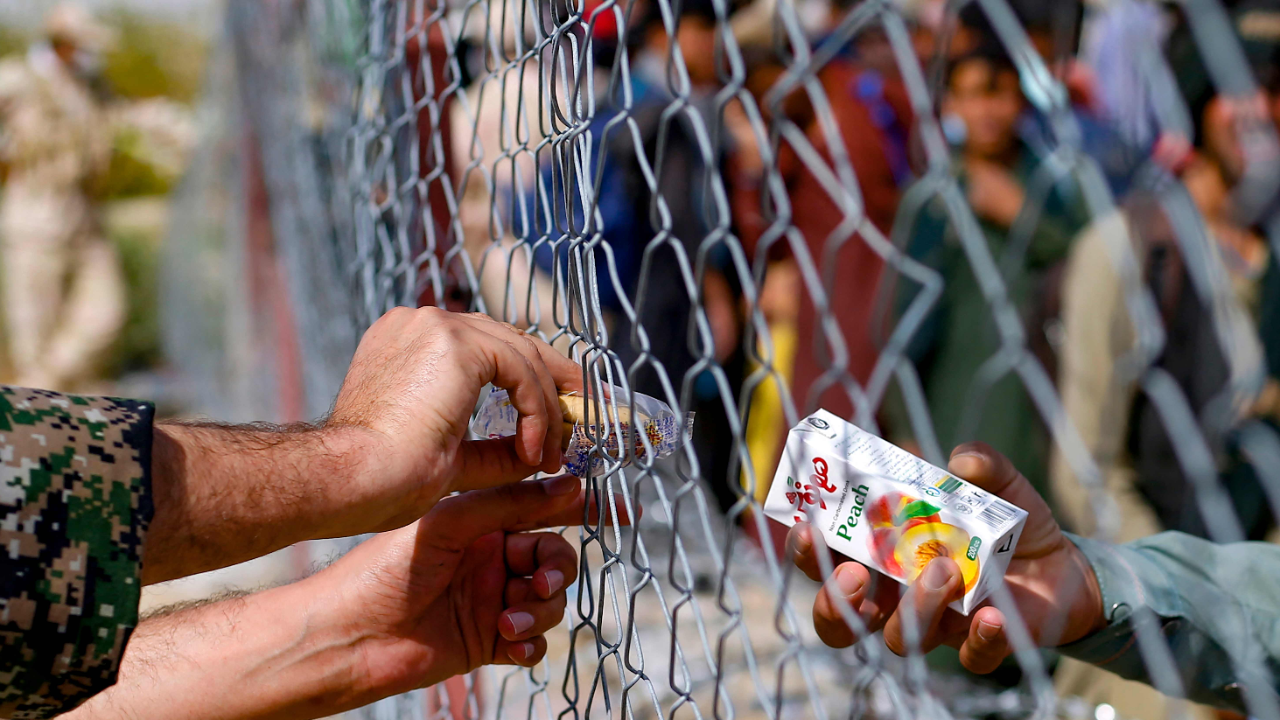Notorious for its rigid immigration and refugee policies and for committing countless human rights violations against its refugees and asylum seekers, Australia has failed to fulfil its responsibility and obligation in accommodating the needs of those seeking asylum and
refuge over the years. Being a signatory to the 1951 Refugee Convention and its 1967 protocol, Australia is yet to improve its response to upholding the rights of refugees, particularly those who have recently fled Afghanistan.
Since 1992, Australia’s immigration policies began centring around mandatory detention, which requires all non-citizens without a valid visa to be arbitrarily detained until they are granted a Visa or otherwise risk deportation. This includes individuals who have entered the country on a valid Visa, overstayed, breached the conditions of the Visa, or had their Visas cancelled. Individuals who are detained (whether this be in onshore or offshore detention processing facilities) are unable to challenge the legality of their detention. Additionally, there is no time limit on immigration detention, which means many people are detained for prolonged and indefinite periods. Often, these detention periods lead to a decline in mental and physical health and has resulted in many hunger strikes and suicide cases over the years. Evidently, Australia has failed to fulfil its responsibility in accommodating refugees, and has been found in breach of Article 31 of the Refugee Convention, (where refugees cannot be punished nor unnecessarily restricted for their freedom of movement) as well as Article 33 of (the principle of non-refoulement).
Around 20,000 people seek asylum in Australia every year. Australia’s Refugee and Humanitarian program offers approximately 13,750 places annually. Refugee visa applications take 6-18 months to process. Given the recent Afghanistan crisis, Australia has received around 120,000 Visa applications within the Refugee and Humanitarian Program. Australia’s response to this: to provide 3000 places from the already limited number of 13,750 in Australia’s current humanitarian intake.
According to the United Nations High Commissioner for Refugees, a reported 250,000 Afghans have fled their homes since the end of May 2021. 2.6 million Afghan refugees currently exist, 2.2 million of whom are registered to resettle in Pakistan and Iran alone. Another 3.5 million people are internally displaced. Canada, the United Kingdom, Turkey, Pakistan and Iran plan to accommodate the resettlement of Afghan refugees, expanding their refugee intake to up to 20,000 places. Unbothered and unconcerned, Australia’s Prime Minister, Scott Morrison, says they have ‘no clear plans’ regarding Australia’s accommodation to the resettlement of Afghan refugees but are to provide 3000 humanitarian visas over the next year.
Australia’s faint-hearted response to accommodating refugees fleeing Afghanistan has garnered the attention of multiple Australian human rights and humanitarian aid organisations. These organisations have called for an expansion of 20,000 places in Australia’s refugee and humanitarian intake, particularly for the most vulnerable Afghans seeking asylum. Dr Graham Thom, Amnesty International Australia’s Refugee Advisor, stated, “We’ve seen Canada and the UK stand up and do their bit by each announcing emergency intakes of 20,000 places and the Australian Government has no excuse for its current humanitarian parsimony, especially when we have been so closely involved in Afghanistan over the past 20 years”.
Thom emphasised further, “Australia must protect those most at risk including human rights defenders, ethnic minorities and women and children, and should do so by expanding their humanitarian intake”.
Reports of Afghan women, children, ethnic minorities and human rights advocates who have been at imminent risk of danger and harm illustrate the urgency of the situation on the ground. The onus is on countries around the world who have the capacity to expand their
humanitarian intake, to prevent the persecution of individuals, as well as prevent ongoing grave human rights violations. Australia, as obligated to, must fulfil their duty in accommodating refugees and asylum seekers.
The Refugee Council of Australia outlined a 7 step action plan that the Australian government must take in bettering their response to Afghan refugees and their resettlement.
These include the following:
1. The Prime Minister and Government doing everything possible to evacuate people at
grave risk in Afghanistan.
2. Urging other governments such as Pakistan and Iran to keep their borders open for
those who are trying to flee Afghanistan.
3. Expanding Australia’s humanitarian intake.
4. Increasing Australian humanitarian aid within the region.
5. The extension of all Temporary Visas held by current Afghan citizens of Australia.
6. Permanent protection for Afghans on Temporary Protection Visas.
7. Assisting the Afghan community in Australia.
The question now is, will Australia recognise the urgency of the situation and acknowledge its duty in better accommodating Afghan refugees? Or will Australia’s response to the Afghanistan crisis remain faint-hearted?
Image – AFP

